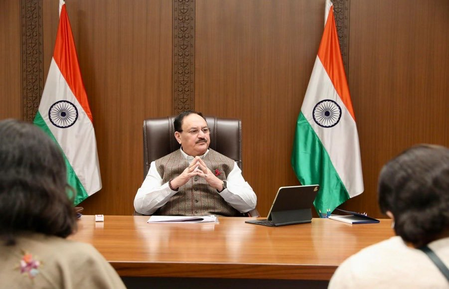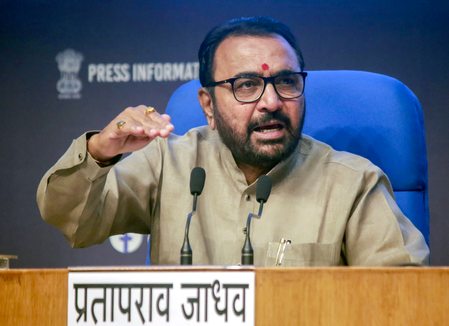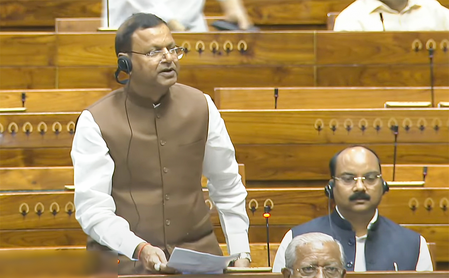
New Delhi, April 16 (IANS) With India aiming to eliminate tuberculosis (TB) by 2025, five years ahead of the global target, whole-genome sequencing (WGS) may play a significant role in identifying cases of drug-resistant TB early and improving outcomes, reveals a study on Tuesday.
Tuberculosis stands as the second leading infectious disease killer globally, with over 2.95 million active cases reported in 2020 alone in India. Of these, 135,000 were classified as multidrug-resistant TB cases.
The study by HaystackAnalytics, an IIT-Bombay startup, in collaboration with Dr. D.Y. Patil Medical College, Pune, is based on data from 600 patients with drug-resistant TB in India.
Data gathered using the WGS method revealed that pre-extensively drug-resistant TB (pre-XDR-TB) was present in 50.83 per cent of cases, while multidrug-resistant TB (MDR-TB) was found in 15.5 per cent, with nearly equivalent proportions among men and women.
These patients were not only resistant to rifampicin — a drug used to manage and treat diverse mycobacterial infections –, and isoniazid — an antibiotic indicated in the first-line treatment of active Mycobacterium tuberculosis (TB) infection –, but also to fluoroquinolones — which is used widely as therapy for respiratory and urinary tract infections, the researchers said.
“I believe, going forward, whole-genome sequencing might become the first among many tests, which will be prescribed to all TB patients, not only in India, everywhere else in the world,” Dr. Anirvan Chatterjee, CEO and Co-founder at HaystackAnalytics, told IANS.
“WGS is the new gold standard for TB diagnosis and is the way forward for the world for eliminating TB cases,” he added.
Further, the study showed that 55 per cent of people between 15-35 years of age and 67 per cent up to 14 years of age had pre-XDR TB.
“Indeed younger people are getting tuberculosis, which is a cause of concern because this is a productive age group and TB is highly detrimental to the young population,” Anirvan said.
“In fact, there is a lot of drug resistance in the younger age group, which is of very high concern, for reasons of productivity,” he said, noting that it also increases the risk of active transmission of drug-resistant TB.
He explained that “WGS can find drug resistance to 18 antibiotics in a single test,” eliminating the need for multiple tests
“If this is available or is sought for when the earliest signs of tuberculosis occur, then the therapy will be shorter. It will also improve the outcome. If the right antibiotic is given to a person, transmission reduces by more than 90 per cent, which means that we will be able to reduce new TB cases. And that is the holy grail,” the doctor told IANS.
–IANS
rvt/svn




